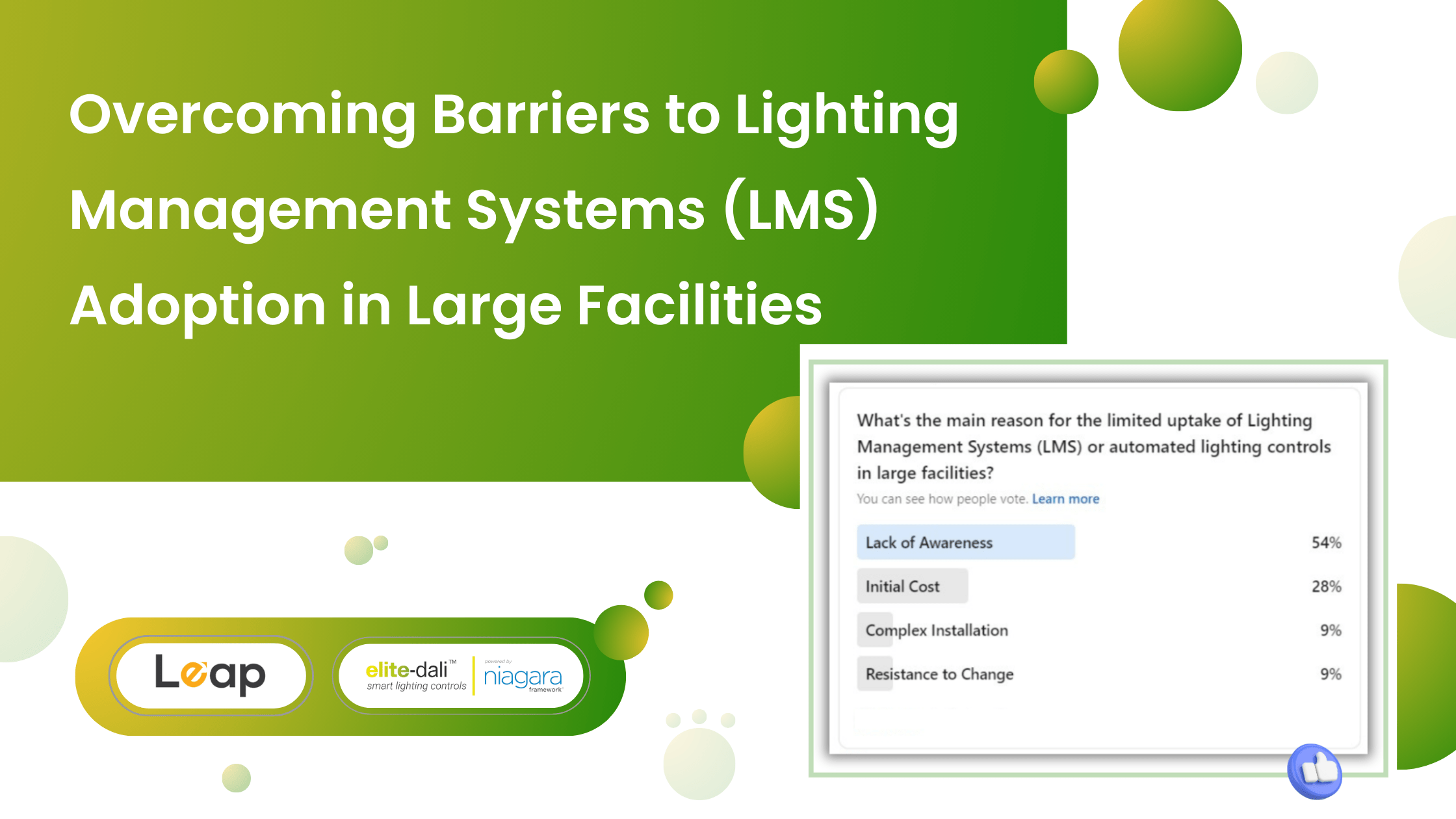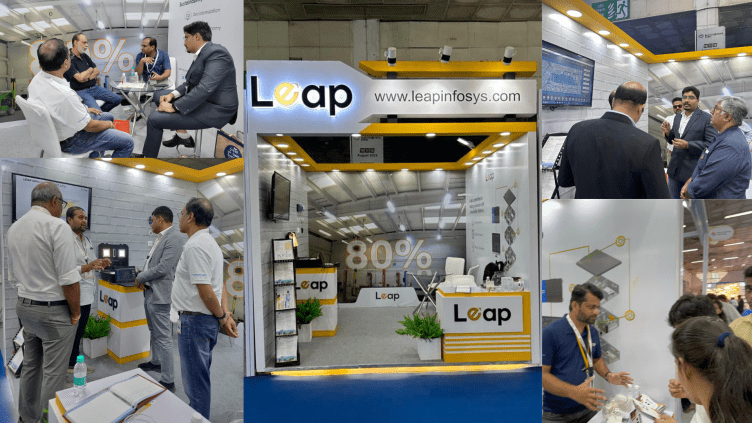Possibilities and Challenges In Smart Building Lighting Control
Table of Contents
Perhaps the most revolutionary by-product of all experimentation done on Internet technology is the concept of the Internet of Things. Rendering the advantages of the internet network to everyday things was a unique and extraordinary concept in itself. But what is even more fascinating is the fast and rapid implementation that made us realize how IoT has the ability to touch our lives more profoundly than we imagined. The fact that the internet of things is strongly aligned with modern-day concern of energy conservation, makes it all the more important.
The Internet of Things being a generalized approach can be applied to many different objects in the environment. One prominent use case of IoT is its implementation in various aspects concerning a building. Interestingly, buildings are also one of the biggest consumers of electricity, and the cost of building operation is very difficult to manage and curtail.
It is this reason that forces building managers to look out for new technologies and services that can help in easing the lives of building owners, but also in taking care of the energy efficiency aspect. One department where the implementation of automation and control via IoT is gaining traction is lighting. Here in this blog, let’s check out the possibility of smart building lighting control and its key components.
Building Management Systems and Smart Building Lighting Control
Now that it is clear how important lighting control is for a smart building, it must be understood how this can be achieved. The problem with the existing building management systems is that they are not designed to access control over lighting systems fundamentally. Some attribute this shortcoming to the delayed rise of automation technologies in the lighting industry. Others suggest that the gross neglect of lighting as a source of convenience and savings may be at fault.
Anyhow, the solution for this problem is the external integration of lighting control panels with existing building management systems. While the concept is crystal clear, there are some challenges in this approach to access smart building lighting control. The use of third-party protocol converters which are expensive and complex is usually necessitated to solve this problem. Also, establishing good degrees of interoperability between different systems within the building can be a challenge.
Despite these challenges, if building automation-based lighting control is enabled in a smart building, it has several benefits to offer. Firstly, detailed analysis and reports of occupancy data can be a game-changer when it comes to energy savings and cost reduction for commercial spaces. Similarly, the diagnosis of lighting system problems remotely is another advantage of having a central control on lighting systems by a BMS.
Direct Digital Control Modules For Lighting Control In Smart Buildings
If we look at the preparation of building management systems closely, it is notable that the technique of using distributed control networks for this purpose is more popular. When a distributed control network is prepared, then the scope of adding newer systems for automation is also enhanced significantly. Direct Digital Control is the technology used for distributed control network creation in Smart buildings.
If we take up the case of lights, then every lighting circuit that needs to be controlled is connected to a single direct digital control module. Here, every direct digital control module acts as a node on the distributed control network. This system is more beneficial than other models where a central automation processing unit was used. For those kinds of building automation systems, it was important for every new device to be connected to the central system for control and automation features.
As expected, achieving this on a large scale is next to Impossible. By using direct digital control modules, any new module that is added only needs to be connected with the adjacent existing model for it to become eligible for control via the building management software itself. Further, any computer with a direct digital control interface card can be utilized to establish a network or to monitor light activity. This forms the administration node.
The Communication Protocol Conundrum
BACnet, Modbus, and LonWorks have become synonymous with smart building control. Conventionally, the lack of any standard network control protocol was the reason why building automation systems did not pick up extensively among buyers.
Choosing among several systems from different manufacturers to fulfill our automation needs is a difficult task for a majority of buyers. This is where BACnet, Modbus, and LonWorks, the prominent open building automation protocols came into the picture. The problem with these open protocols is that most of them, especially BACnet, were specifically designed for HVAC networks. So, lighting control can be a very difficult add-on to smart buildings, considering that popular communication protocols themself do not cater to lighting needs.
The Way Out For Building Automation-based Lighting Control
Two things must have already become clear to you by now. Firstly, buying proprietary control solutions for every different system installed in a building is practically impossible. Secondly, making use of open communication protocols and purchasing additional third-party software to make smart building lighting control possible is not a practical solution.
For the second problem, it should also be noted that even though protocol converters are available for smart building lighting control. They are very complex to install and use in such situations. The need of the hour is to have vendor-agnostic solutions that enable lighting control irrespective of manufacturers. elitedali is a convergent smart building lighting control solutions provider. We offer an open standard framework that ensures interoperable lighting control features in all Niagara-based BMS solutions. Check out our host of other exciting offerings and contact for a consultation today.








